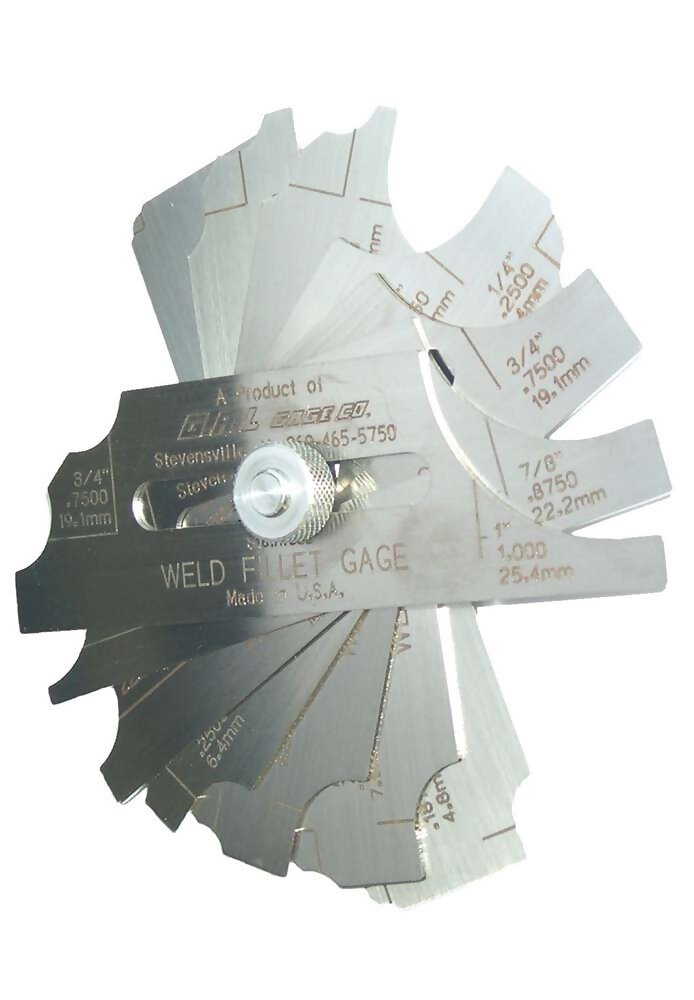Fillet Weld Style Strategies: Optimizing Joint Performance and Looks for Structural Integrity
In the world of architectural engineering and construction, the significance of fillet weld style techniques can not be overstated. By thoroughly considering elements such as weld profile optimization, product selection, joint preparation strategies, welding procedure effectiveness, and aesthetic improvement designers, makers and approaches can achieve a harmonious balance between functionality and appearance in their welded structures.
Weld Account Optimization


Attaining an ideal weld profile involves a careful consideration of aspects such as material thickness, joint configuration, welding position, and wanted welding rate. In addition, the choice of proper welding criteria, such as voltage, existing, and travel rate, is basic in regulating the form and measurements of the fillet weld. Making use of sophisticated welding strategies, such as pulse welding or robotic welding, can even more improve the weld account to satisfy particular design requirements and top quality criteria.
Essentially, weld profile optimization is an essential element of fillet weld design that directly affects the overall efficiency and dependability of welded joints in architectural applications.
Material Option Factors To Consider
When considering material selection for fillet weld design, the compatibility of the base metals is a critical aspect influencing the structural stability of the joint. It is necessary to select materials that not only bonded together successfully however likewise possess comparable mechanical properties to guarantee the tons is equally distributed between the weld and the base metals. Welding products with greatly different homes can bring about concerns such as stress and anxiety focus, early joint failure, or cracking.
In addition, the environment in which the welded structure will operate have to be taken into consideration when selecting materials. Elements like deterioration resistance, temperature level variations, and direct exposure to chemicals can all affect the durability and performance of the weld joint. By picking products that are suitable for the designated application and atmosphere, the overall sturdiness and reliability of the welded joint can be significantly boosted.
As a result, complete factor to consider of product compatibility and ecological variables is extremely important in making sure the weld joint's strength, longevity, and general architectural stability.

Joint Prep Work Methods
Thinking about the essential duty material selection plays in ensuring the structural integrity of fillet weld joints, it is necessary to carry out exact joint preparation strategies that maximize the link between the base steels. Joint prep work is an essential step that straight influences the top quality and toughness of the weld. One essential technique is the cleansing of base metals to get rid of any contaminants like rust, oil, or paint that could compromise the weld's stability. This can be attained with techniques such as grinding, wire brushing, or chemical cleaning.
In addition, tack welding the parts in my response area prior to the final weld assists maintain alignment and decreases distortion during the welding process. By diligently complying with these joint prep work strategies, welders can boost the overall efficiency and aesthetic appeals of fillet weld joints while ensuring architectural stability.
Welding Refine Performance
Reliable welding procedures are necessary for accomplishing ideal productivity and top quality in fillet weld manufacture. Procedures like gas steel arc welding (GMAW) and flux-cored arc welding (FCAW) are commonly utilized for fillet welds due to their flexibility and rate.
Normal calibration of welding makers, examination of consumables, and upkeep of welding torches can stop downtime and revamp, eventually conserving time and resources. Trained welders are extra proficient at readjusting specifications, troubleshooting concerns, and maintaining constant weld high quality.
Aesthetic Improvement Approaches
To maximize the quality of fillet weld construction, executing aesthetic enhancement methods can play a crucial duty in making sure precision and accuracy during the welding process. Aesthetic aids such as weld size determines and amplifying lenses can help in assessing weld profiles and measurements precisely. By integrating these aesthetic improvement techniques into the welding procedure, welders can achieve not only structurally sound fillet welds yet additionally aesthetically enticing outcomes that satisfy industry requirements.
Verdict
Finally, optimizing fillet weld layout includes careful factor to consider of weld profile, material option, joint preparation, welding procedure efficiency, and aesthetic enhancement techniques. By implementing these strategies, structural integrity can be improved while additionally achieving aesthetic charm. It is crucial to prioritize both performance and looks in fillet weld style to make sure the general top quality and longevity of the joint.
By diligently thinking about elements Recommended Site such as weld account optimization, material option, joint preparation methods, welding procedure effectiveness, and aesthetic improvement engineers, methods and producers can accomplish an unified equilibrium in between capability and look in their bonded frameworks.In the realm of fillet weld design, maximizing the weld account plays a vital function in making sure architectural integrity and efficiency. The weld profile, which includes the size and shape of the weld cross-section, directly impacts the circulation of stress and anxiety and load-bearing capacity within the joint. It is important to choose products that not only bonded with each other successfully yet also possess comparable mechanical homes to make certain the lots is evenly distributed in between the weld and the base metals - Gauge Fillet Weld.In verdict, optimizing fillet weld layout includes cautious factor to consider of read review weld account, material selection, joint preparation, welding process performance, and visual enhancement techniques